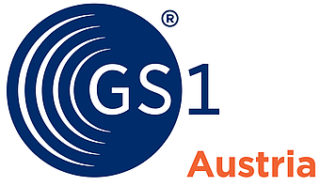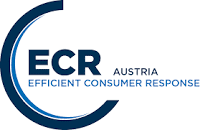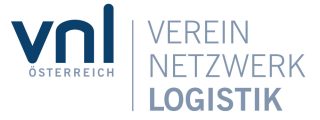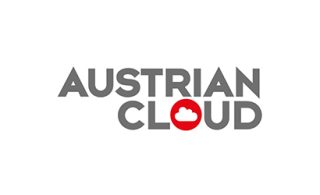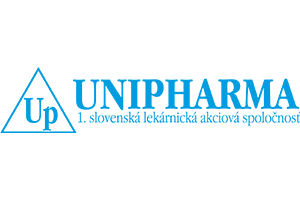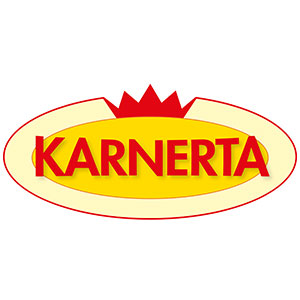EDI and the potential of blockchain technology

The blockchain in the supply chain
As a leading provider of EDI solutions specializing in the area of digital supply chains, EDITEL also thoroughly explores the blockchain technology and its potential. It is said to have enormous power in the supply chain. Why is this and what does it mean for EDI?
First off, it should be noted that EDI cannot be compared with the blockchain technology. These are two different things altogether. EDI is a process between business partners and a blockchain is an IT technology. Blockchain will not replace or supplant EDI, but in some cases will form the basis for new and optimized EDI processes.
But let’s take it one step at a time – what is a blockchain? Simply put, a blockchain, or distributed ledger technology, is, a decentralized and public database in which transactions are stored. These cannot be changed by encryption technologies, which means that tampering is impossible. Using blockchain technology adds tremendous value because transactions are tamper-proof and traceable. This is one of the reasons why productive blockchain applications are frequently used in the financial sector.
Secure and tamper-proof sound great, but why does it have to be public? A public database makes no sense in the supply chain! No stakeholder wants to publicly showcase their transactions or supply chains. Nobody in the financial world wants that either, but current encryption technology can ensure the necessary confidentiality even in a public database.
The potential of blockchain technology in the supply chain
If we analyze today’s supply chains, we will see that data is passed from one partner to the next. Ultimately, every partner has to rely on the previous partner in the supply chain, which compares roughly to the “telephone game.” The timing component in the “sequential” data transfer also plays a role; everyone in the supply chain does not get the data until the previous partner passes it on.
And voilà, this is the primary potential of blockchain in supply chains. The data is available from the beginning (base products, country of origin, production, etc.) for all subsequent actors in the supply chain. Retailers can access quality-related data for raw materials at an early stage and be sure that this data remains unchanged. This results in extended possibilities for optimizing and securing the supply chain. Here’s an example: the traceability of products and their components or, in the case of food, ingredients or raw materials.
Where can blockchain technology be put to good use?
Blockchain can play an important role especially in the global supply chain when areas/countries without reliable authorities or business partners are involved. In such cases, the use of blockchain technology can create additional transparency and ultimately security. Where no “trusted party” is available, blockchain technology is used to fill that void.
The blockchain also holds potential for supply chains that span across numerous actors and therefore have many interfaces. This significantly speeds up the transfer of information, with the pleasant side effect of reducing paper consumption and manual data entry.
Manifold use cases
Blockchain technology not only benefits logistics and supply chains as a whole. By using SmartContracts or NFTs, numerous processes in a wide variety of areas can be handled more easily or efficiently.
Ultimately, processes that are not really profitable today actually pay off. This not only saves time and money, but among others reduces the impact on the environment in some industries and sectors. For example, blockchain can help make supply chain processes more transparent and traceable, which allows for improved monitoring of waste streams and pollution prevention. Blockchain technology can also help increase recycling rates by improving monitoring and transparency in the recycling chain. With a blockchain-based solution, companies can document all steps in the recycling chain, from collection to processing and use of recycled materials. This ensures a higher degree of monitoring and high quality of recycled materials. In addition, blockchain technology can also help optimize the trade of recycled materials by enabling reliable and secure transmission of information about the origin and quality of recycled materials.
The relevance of blockchain technology in the context of EDI
Today, blockchain technology does not appear to offer significant added value in the context of EDI.
The prototype for EDI-based data exchange does not directly speak for the use of blockchain technology: As a general rule, the supply chain is comparatively short, there is a high degree of trust and collaboration between involved partners, and the processes are well established and highly standardized. As a result, blockchain will probably be more of a complementary technology to “traditional” EDI and at the same time an enabler of further potentials and use cases in supply and value chains and beyond.
If you have any questions about technological innovations in the supply chain, my colleagues and I will be happy to answer them by phone. You can also use the contact box (see right-hand side) to get in touch with us. We look forward to hearing from you.
 About the author
About the author
Alexander Schaefer
Chief Information Officer at EDITEL Austria
About EDITEL

EDITEL, an EDI service provider, is the internationally leading provider of EDI solutions (EDI = Electronic Data Interchange). The company specializes in the optimization of supply chain processes for companies of all sizes and in all industries.
Portrait photo copyright Editel/Petra Spiola
Symbolic image copyright iStockphoto, photo credit Iaremenko

 About the author
About the author